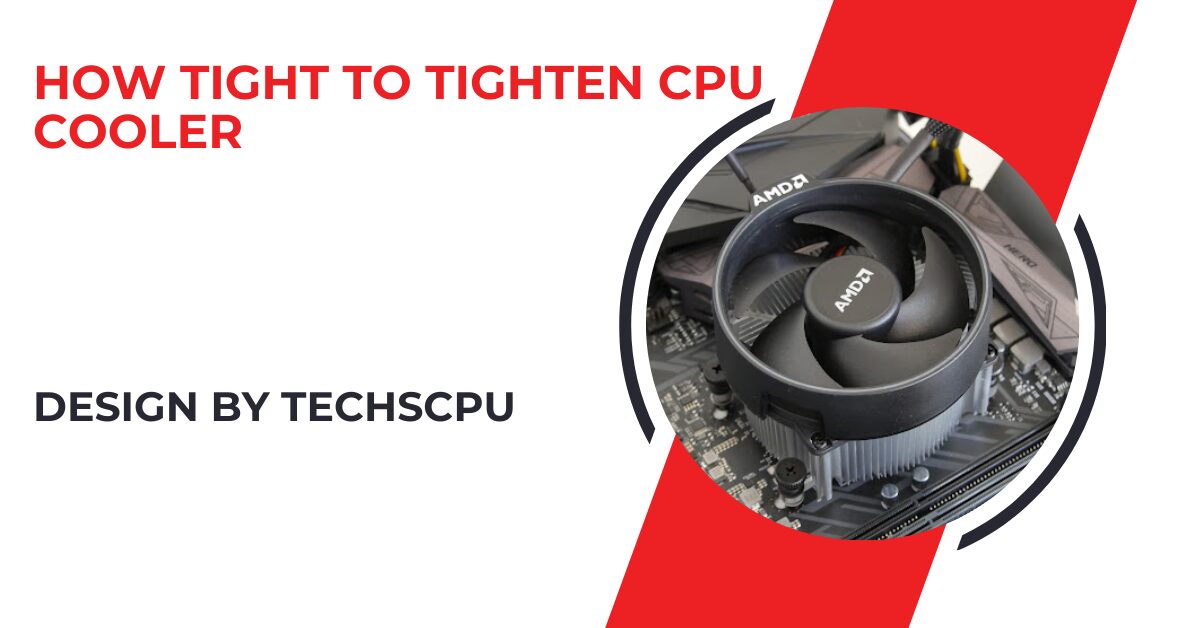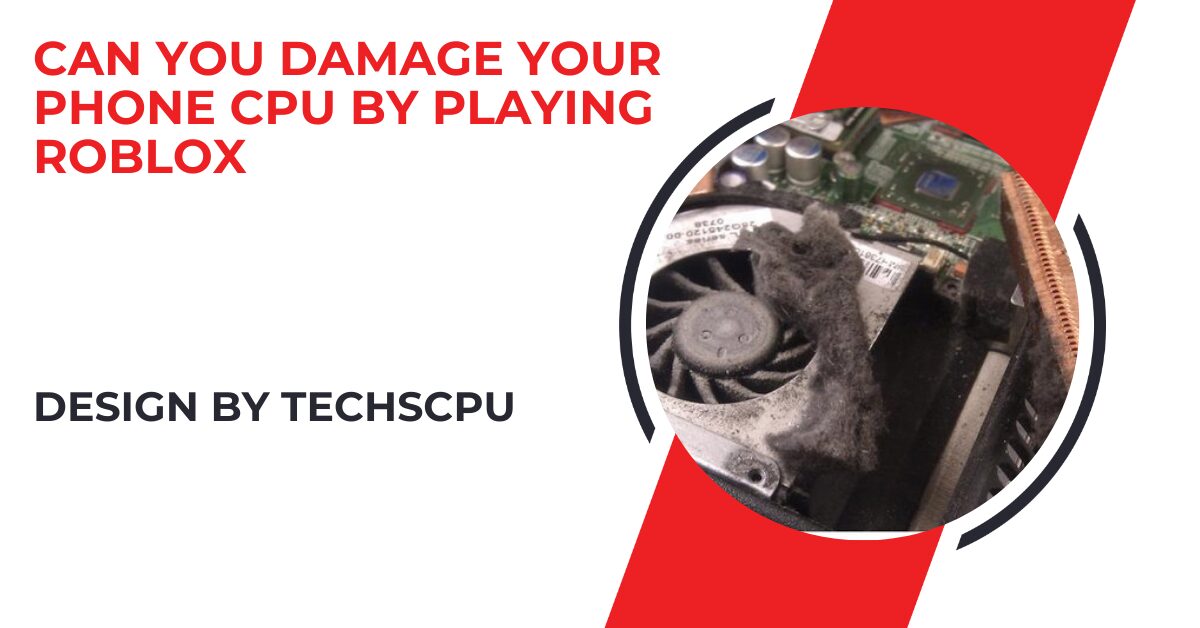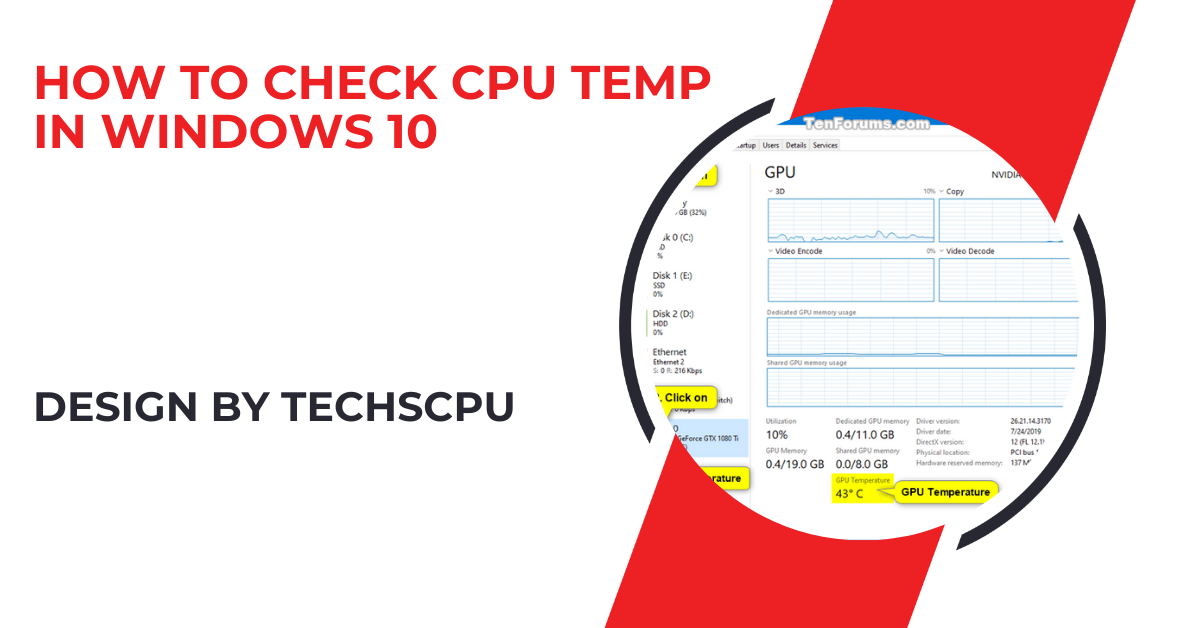One of the most common questions that arises during this process is: “How tight should you tighten a CPU cooler?”
Properly tightening a CPU cooler is crucial for maintaining optimal temperatures and preventing damage to your CPU or motherboard.
This guide will provide you with the necessary information and steps to ensure your CPU cooler is securely and effectively installed.
Why Proper Tightening is Crucial:
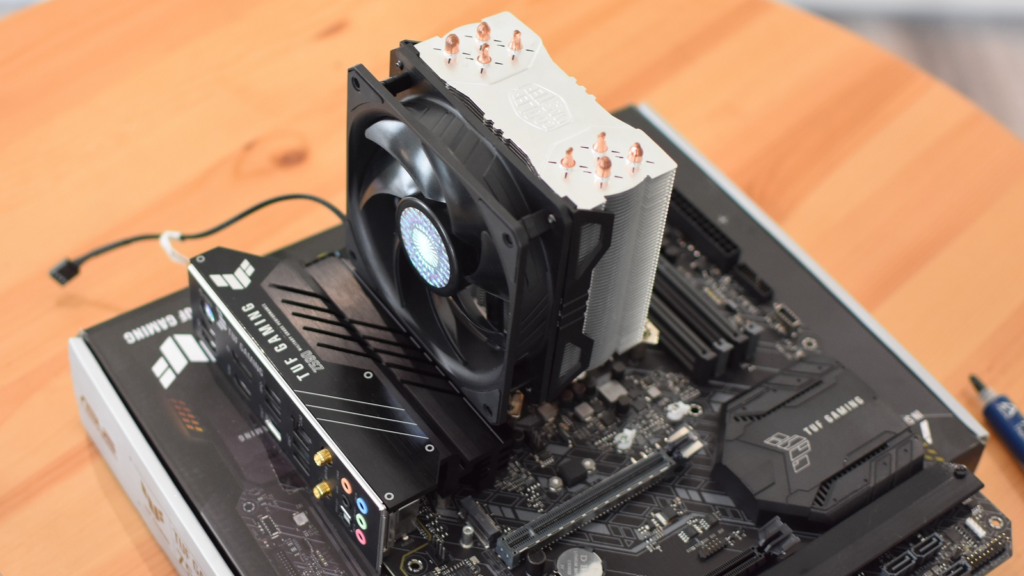
Ensuring the correct tension on your CPU cooler is critical for several reasons. Firstly, proper tightening is essential for thermal efficiency, as adequate pressure helps in the efficient transfer of heat from the CPU to the cooler.
Secondly, avoiding damage is crucial, as over-tightening can harm the CPU or motherboard, while under-tightening can lead to poor thermal contact and overheating. Lastly, stability is important because a securely fastened cooler prevents movement, ensuring consistent cooling performance.
Tools You’ll Need:
Before you begin, make sure you have the following tools and materials: a CPU cooler with mounting hardware, thermal paste (if not pre-applied), a screwdriver (usually Phillips-head), and cleaning supplies like isopropyl alcohol and a lint-free cloth. These tools will help you prepare and properly install the CPU cooler.
Step-by-Step Guide to Tightening a CPU Cooler:
Step 1: Prepare the CPU and Cooler
Start by cleaning the CPU surface to remove any old thermal paste using isopropyl alcohol and a lint-free cloth if you are reapplying the cooler.
Then, apply a small, pea-sized amount of thermal paste to the center of the CPU if your cooler does not come with pre-applied paste. This ensures optimal thermal conductivity between the CPU and cooler.
Step 2: Position the Cooler
Carefully position the cooler over the CPU, aligning it with the mounting holes on the motherboard. Attach the mounting bracket to secure the cooler in place, ensuring it is properly aligned and ready for tightening.
Also Read: Ftpm Will Not Enable in New Cpu – A Comprehensive Guide!
Step 3: Tighten the Cooler Evenly
Begin tightening the screws in a cross-pattern (diagonally opposite corners) to ensure even pressure distribution across the CPU surface. Start by hand-tightening each screw until they are all lightly secured.
Then, use a screwdriver to gradually tighten each screw a bit at a time, following the cross-pattern until all screws are snug. Avoid fully tightening one screw before others to prevent uneven pressure.
Step 4: Check the Tension
Ensure that all screws are tightened evenly, making sure they are snug but not excessively tight. Refer to your CPU cooler’s manual for specific torque recommendations if provided, as some manufacturers specify the ideal tension in inch-pounds or newton-meters.
Signs of Over-Tightening and Under-Tightening:
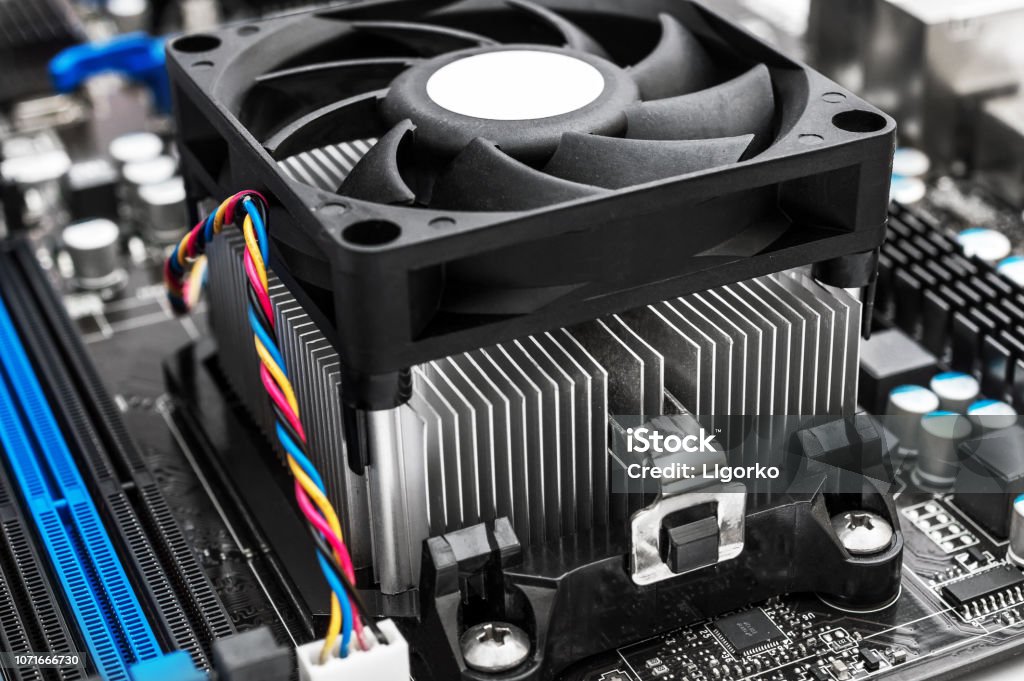
Over-tightening can cause physical damage, such as visible bending of the motherboard or damage to the CPU cooler’s mounting brackets. It can also lead to system failure to boot due to excessive pressure on the CPU socket.
On the other hand, under-tightening can result in high temperatures during operation and allow the cooler to move or wobble when touched.
Final Checks and Testing:
After installation, recheck all connections to ensure all screws are equally tight and the cooler is firmly seated. Power on your system and monitor CPU temperatures using software like HWMonitor or Core Temp. Run a stress test using software like Prime95 or AIDA64 to ensure the cooler maintains optimal temperatures under load.
FAQ’s
1. Why is it important to tighten a CPU cooler properly?
Proper tightening ensures thermal efficiency, prevents damage, and maintains stability.
2. What tools do I need to tighten a CPU cooler?
You will need a CPU cooler with mounting hardware, thermal paste, a screwdriver, and cleaning supplies like isopropyl alcohol and a lint-free cloth.
3. How should I apply thermal paste?
Apply a small, pea-sized amount of thermal paste to the center of the CPU before positioning the cooler.
4. What is the correct pattern for tightening the cooler screws?
Tighten the screws in a cross-pattern (diagonally opposite corners) to ensure even pressure distribution.
5. How tight should the screws be?
Screws should be snug but not excessively tight; refer to your cooler’s manual for specific torque recommendations.
6. What are the signs of over-tightening a CPU cooler?
Signs include physical damage to the motherboard or cooler, and the system failing to boot.
7. What are the signs of under-tightening a CPU cooler?
Signs include high CPU temperatures and the cooler being able to move or wobble.
8. How can I check if the cooler is properly tightened?
Ensure all screws are equally tight and the cooler is firmly seated, then monitor CPU temperatures.
9. What software can I use to monitor CPU temperatures?
You can use software like HWMonitor or Core Temp to monitor CPU temperatures.
10. Why should I run a stress test after installing the cooler?
Running a stress test with software like Prime95 or AIDA64 ensures the cooler maintains optimal temperatures under load.
Conclusion
Properly tightening your CPU cooler is essential for efficient cooling and preventing damage to your components. By following this guide, you can ensure that your CPU cooler is securely installed, providing the best possible performance and longevity for your processor. Always refer to your cooler’s manual for specific instructions and torque recommendations to achieve the best results.
